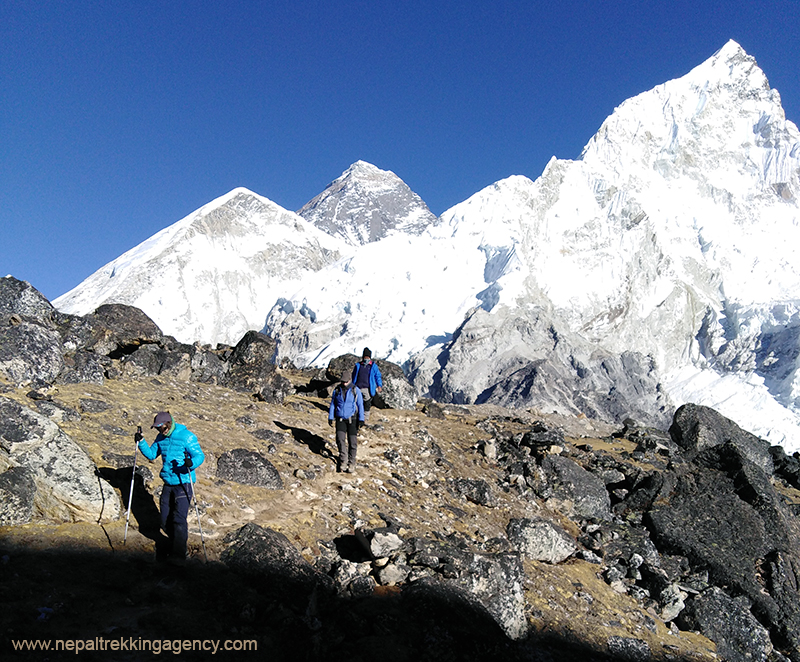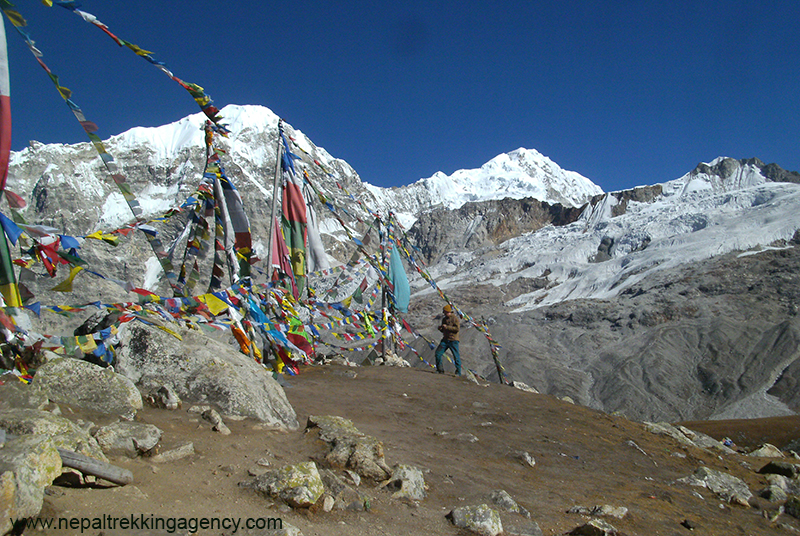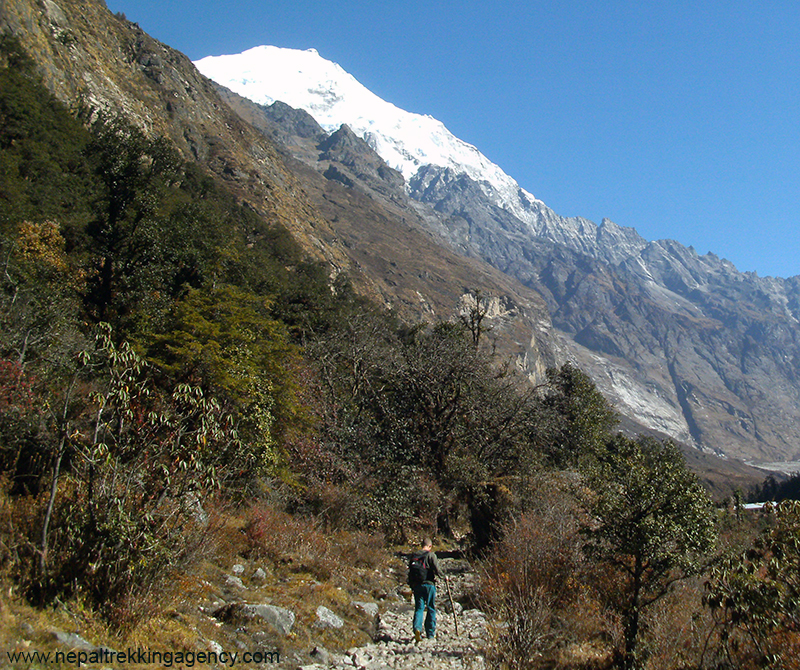Planning your first trek to Nepal? We have some useful trekking planning tips for beginners. If you are thinking about trek to Nepal, those tips might be helpful for you.
If you are first time trekker, selecting a right trek for you is very important. With no choice of right trek you can not maximise enjoyment and minimise mishaps and misery. While you are checking different treks, you need to study about how high will you trek, what kind of food and accommodation available, walking distance and number of days, local culture and people etc. As you are a first time trekker, you should not go for trekking with high altitude. Going for an easy trek first will be a wise move as you will get experience, enjoy the thrill and can relish a wonderful tour on such trek as a beginner. A tough trek may prove hazardous for you.

Preparing your body for trekking in Nepal is very important to enjoy your trekking adventure in Nepal Himalayas. With no preparation, it will be not comfortable for you to walk several hours everyday with your backpack, eating local foods, sleeping in a local tea house. So, if you are planning for a trek to Nepal, we suggest you to prepare your body before you leave for your adventure. You can prepare your body for trekking by walking with a backpack, break-in your hiking boots, trying using walking poles, walking long distances on back-to-back days and by Walking regularly.
As it is you are a first time trekker, a proper trekking planning is very important and should be done very carefully. When you plan your Nepal trekking adventure in a right way you can learn about the trekking region, local people and their culture and climate that you may encounter during the trek. While you are planning your trek, you can read different guide books, use online forums and you can also ask your family and friends who knows about trekking.

There are a few little rules of etiquette you should follow:
1. Give way to hikers coming up hill.
2. Leave no trace – if you take it in, you should also take it out.
3. Respect wildlife and don’t approach or feed animals.
4. Keep to the marked trail as much as possible to avoid erosion.
5. The trail is there to be shared. So hike single file when in a group.
6. Don't take souvenires. Nature is meant to be enjoyed by all, don’t take home anything that you didn’t bring with you.

When you are trekking, you need to stay healthy so you can fully enjoy your Nepal Trek.
1. You need to get enough sleep to feel rested the next day.
2. You need to treat sore skin before it becomes a blister.
3. You need to drink enough water to stay hydrated.
4. Use sun protection cream or spray, even if it’s overcast.
5. Eat plenty and eat well.
6. Before you start your trek it is advisable to let someone know where you are going and when you plan to be back.
7. Study your map before you begin your trekking. This gives you a good idea of your route, possible emergency exit points as well as places to fill up on water.
8. Sun protection is important, even more so if you are trekking at altitude. Always pack a hat, sunglasses and sunblock.
9. Always bring a map and compass and learn how to use them.
10. When you are planning your trek, it is better to learn basic first aid and carry a kit with you.
Hiking boots: First off you will need a good pair or well worn-in hiking boots. Do not arrive in Nepal with badly fitted boots or brand new boots. You will undoubtedly get sore feet and blisters.
Sleeping bag: A very warm (protection up to -10 degrees Celsius), mummy-shaped sleeping bag and lightweight sleeping pad.
Clothing: A selection of layered trekking clothing, from next-to-skin base layers, to fleece second layers and a water / wind proof shell jacket and trousers. Also bring trekking socks, thermal socks, warm gloves and warm headwear.
Trekking poles: Adjustable trekking poles that are easy to store and sturdy under pressure.
Sunglasses: High UV protection sunglasses that can deal with the sun intensity and glare in Nepal.
Daypack and Duffle: A light-weight daypack to carry your essentials and a duffle bag to carry your trekking gear.
Headlamp: Good quality, LED headlamp.
Other accessories: Water bottles / hydration bags, water purification tablets, general medications, snacks and toiletry supplies (although these can be purchased on most routes but increase in price as you get higher)
Getaway Nepal Adventure (P.) Ltd
Thamel Kathmandu, Nepal